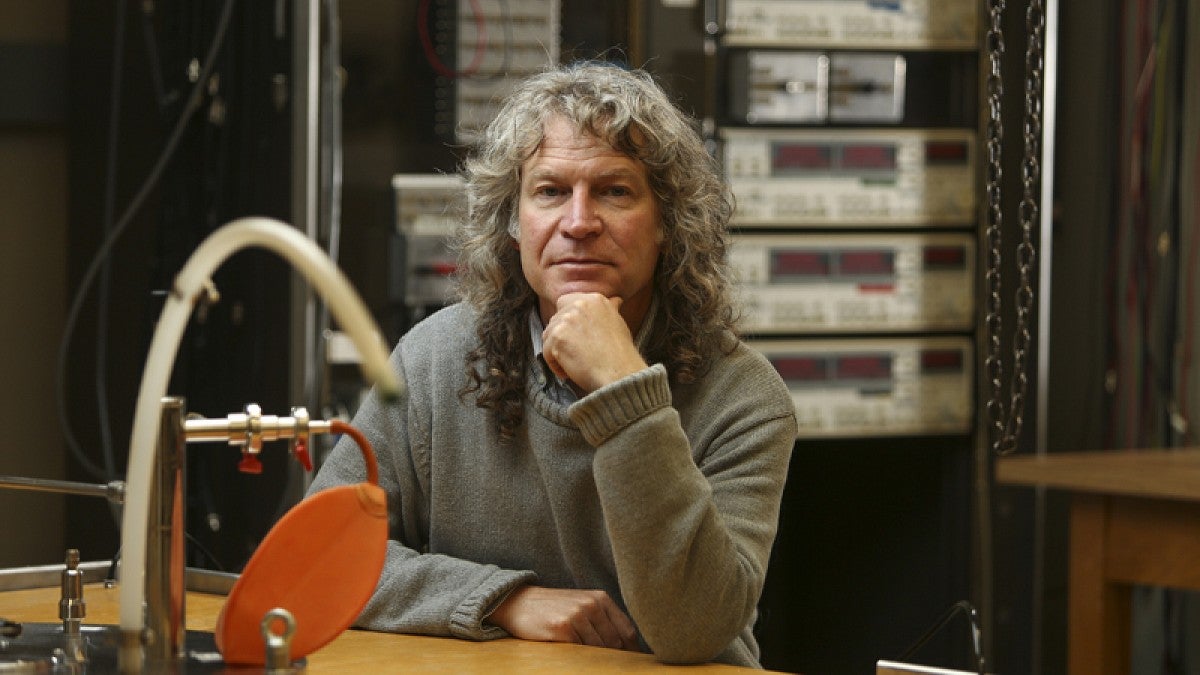The Atlantic magazine has taken readers into the fractal world UO physicist Richard Taylor.
The story — an excerpt of Florence Williams’s book "The Nature Fix: Why Nature Makes Us Happier, Healthier, and More" — opens with Taylor's fascination at the age of 10 with Jackson Pollock paintings and traces how that has played a role in much of Taylor's research.
Fractals, which are objects with irregular curves or shapes, are found across nature. It was Taylor who linked the patterns seen in Pollock's art to the natural world, showing them to be everywhere. They are, Taylor has said, "a trademark building block of nature."
Read the Atlantic's story "Why Fractals Are So Soothing."
Taylor's current research, being pursued with a $900,000 grant from the W.M. Keck Foundation, is aimed at using a fractal framework to create retinal implants to reverse vision loss.


